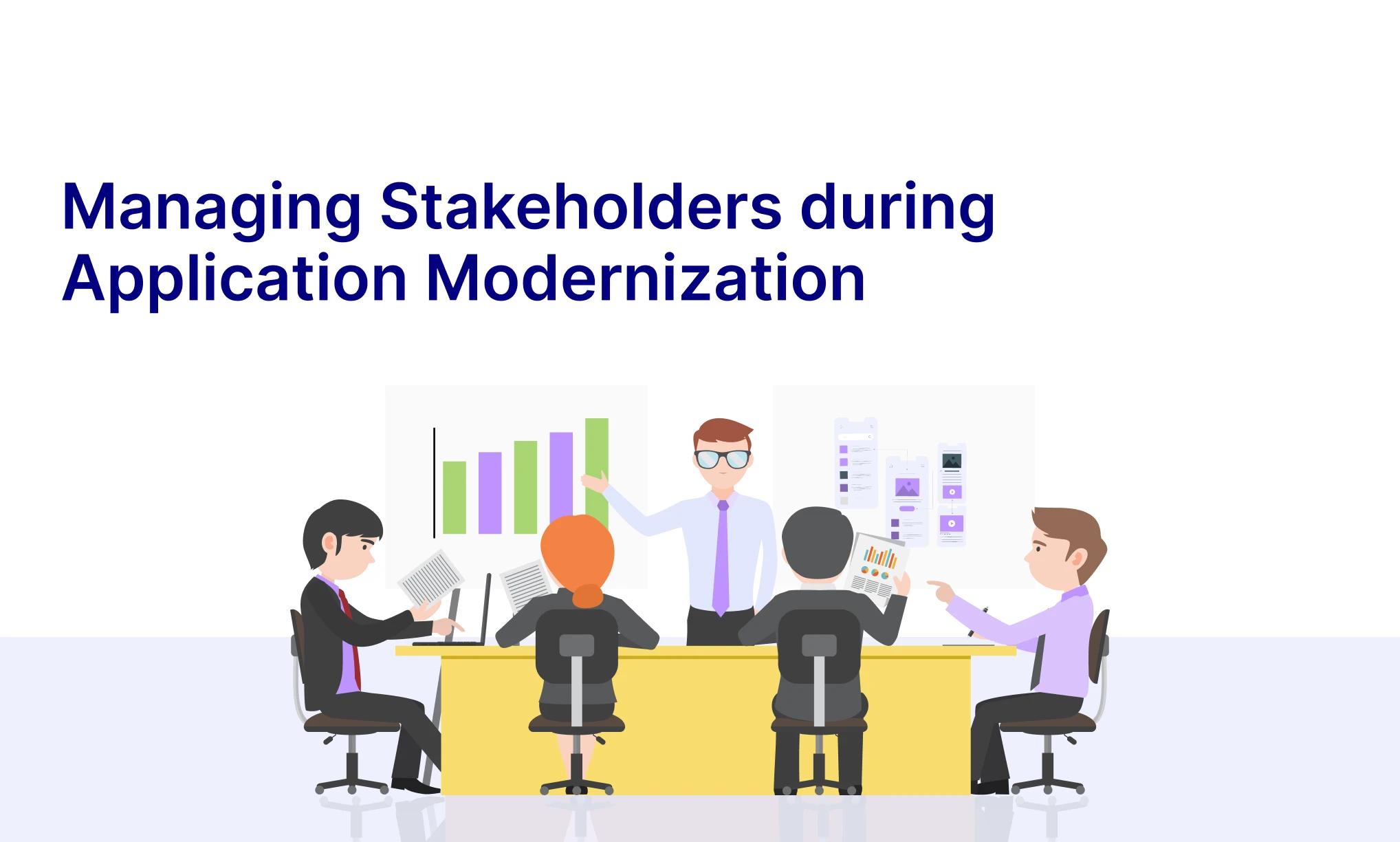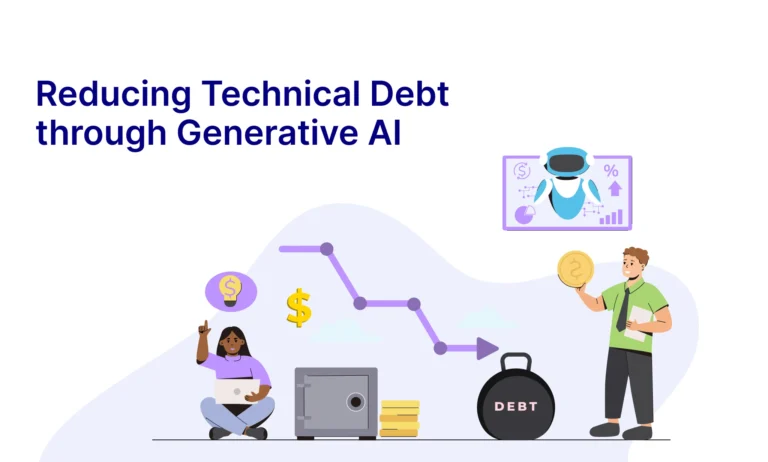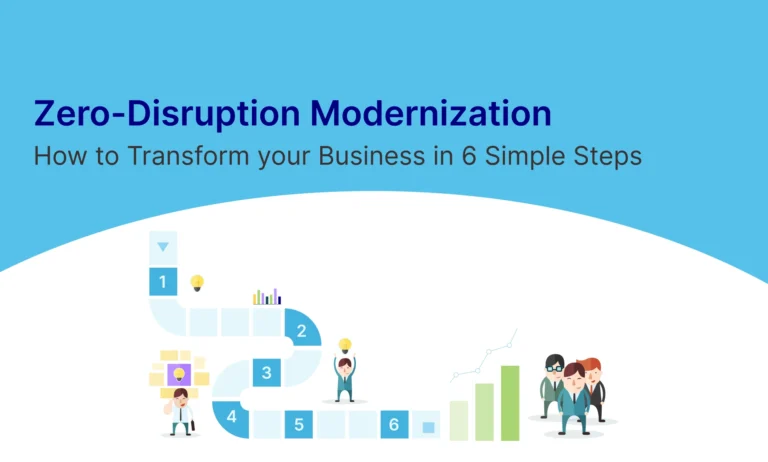Table of Contents
Stakeholders are the driving force behind any project. Whether it’s a product launch, a construction project, or a software development endeavor, stakeholders have interests, needs, and expectations that must be managed effectively for the project to succeed. In this blog post, we’ll delve into the importance of managing stakeholder expectations and provide actionable tips for doing so.
Understanding Stakeholder Expectations
Before diving into strategies for managing stakeholder expectations, it’s crucial to understand who stakeholders are and what their expectations may entail.
Who Are Stakeholders? Stakeholders are individuals, groups, or organizations that have an interest or stake in the outcome of a project. They can include clients, customers, investors, employees, regulators, and the community at large.
What Are Stakeholder Expectations? Stakeholder expectations encompass a wide range of factors, including project objectives, timelines, budgets, quality standards, communication preferences, and more. Meeting these expectations is essential for ensuring stakeholder satisfaction and project success.
Effective stakeholder management is critical for several reasons:
- Alignment of Objectives: By managing stakeholder expectations, project managers can ensure that everyone is on the same page regarding project goals and objectives. This alignment is essential for driving the project forward cohesively.
- Risk Mitigation: Unmet stakeholder expectations can lead to project delays, cost overruns, and even project failure. By proactively managing expectations, project managers can identify and address potential issues before they escalate into major problems.
- Enhanced Communication: Clear and open communication is vital for managing stakeholder expectations. By fostering transparent communication channels, project managers can build trust with stakeholders and keep them informed throughout the project lifecycle.
- Maximized Stakeholder Satisfaction: Ultimately, managing stakeholder expectations leads to increased stakeholder satisfaction. When stakeholders feel heard, valued, and informed, they are more likely to be supportive of the project and its outcomes.
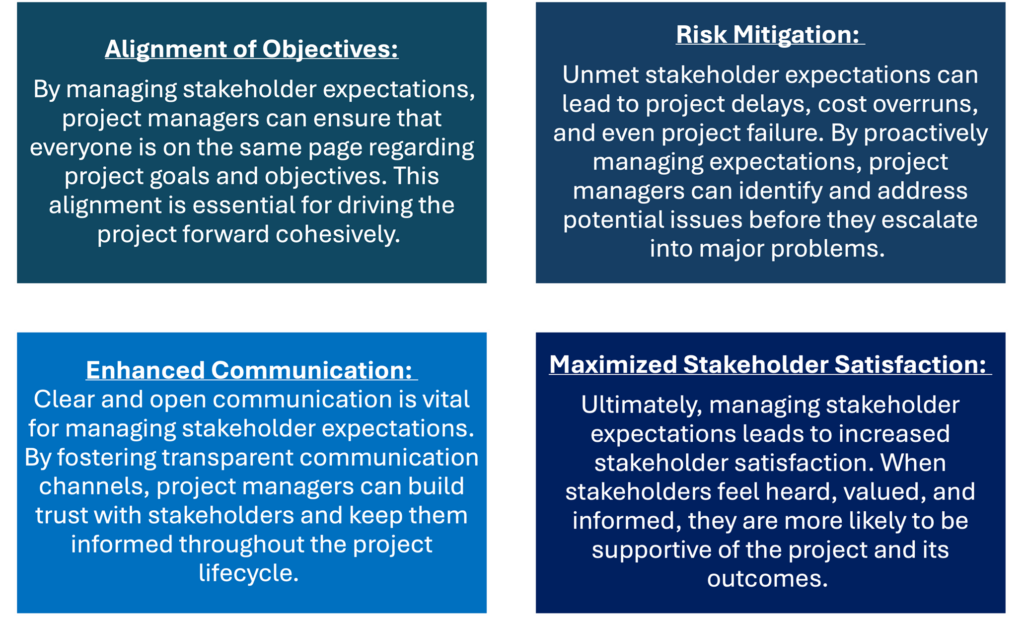
Understanding the Importance of Stakeholder Management in Application Modernization
Application modernisation involves significant changes to existing systems, processes, and infrastructure. As such, it impacts various stakeholders across the organization, including:
- Business Owners: Who rely on applications to drive revenue, streamline operations, and deliver value to customers.
- IT Teams: Who is responsible for implementing and maintaining the modernised applications?
- End Users: Those who interact with the applications daily and depend on them to perform their tasks efficiently.
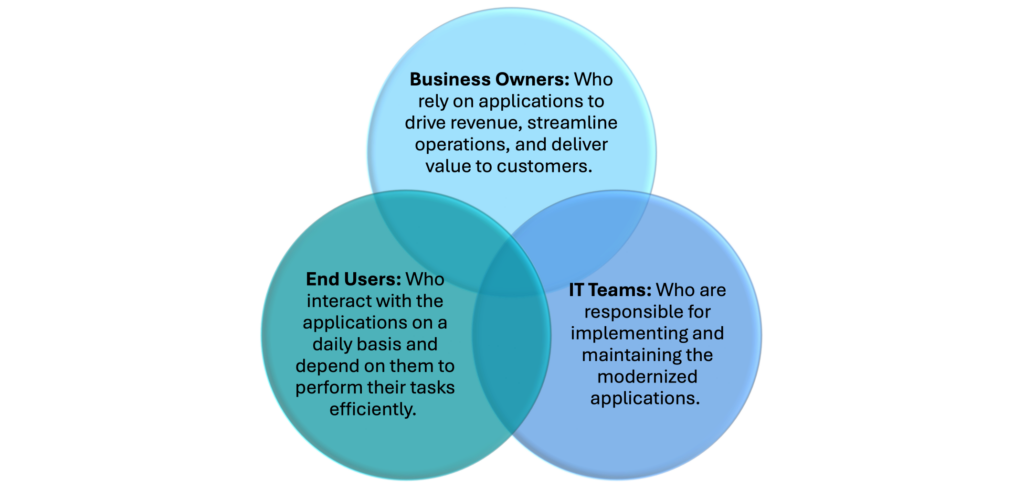
Effective stakeholder management ensures that the needs, concerns, and expectations of these stakeholders are addressed throughout the modernisation process, minimizing resistance to change and maximizing project success.
Key Strategies for Managing Stakeholder Expectations in Application Modernization
- Define Clear Objectives and Benefits: Clearly articulate the objectives and expected benefits of the application modernisation initiative. Explain how it aligns with organizational goals, improves efficiency, enhances user experience, and drives innovation.
- Engage Stakeholders Early and Often: Involve stakeholders from different departments and levels of the organization in the planning and decision-making process. Seek their input, address their concerns, and keep them informed about the progress and impact of the modernisation effort.
- Educate and Manage Expectations: Provide stakeholders with the necessary information and resources to understand the scope, timeline, and potential challenges of the modernisation project. Manage expectations by setting realistic goals and timelines based on thorough analysis and risk assessment.
- Communicate Transparently: Establish open and transparent communication channels to keep stakeholders informed about project updates, milestones, and decisions. Encourage feedback, address questions and concerns promptly, and maintain visibility into the modernisation process.
- Mitigate Risks and Dependencies: Identify potential risks, dependencies, and obstacles that may impact the modernisation project. Develop contingency plans and mitigation strategies to address them proactively and minimize project timeline and objectives disruptions.
- Provide Training and Support: Offer training programs, workshops, and support resources to help stakeholders adapt to the new technologies, processes, and workflows introduced during the modernisation initiative. Ensure they have the necessary skills and knowledge to effectively utilize the modernised applications.
- Celebrate Achievements and Milestones: Recognize and celebrate achievements and milestones throughout the modernisation journey. Acknowledge the contributions of stakeholders, highlight success stories, and demonstrate the tangible benefits of the modernisation efforts to build momentum and support for the project.
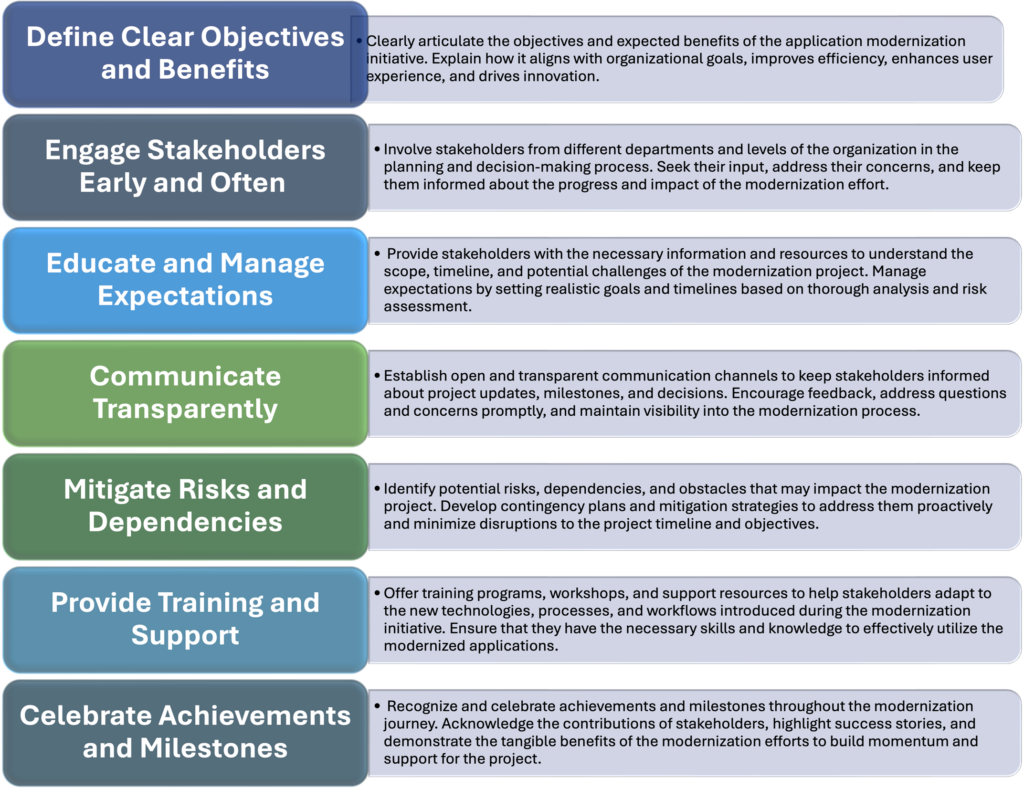
Conclusion
Managing stakeholder expectations is a complex but essential aspect of project management. By understanding the needs and expectations of stakeholders and implementing proactive strategies for managing them, project managers can increase the likelihood of project success. Effective stakeholder management fosters collaboration, enhances communication, and ultimately leads to greater stakeholder satisfaction
Read More on Modernization – 5 Ways to Lower Technical Debt through Modernisation | Expert Tips & Strategies | Byteridge


